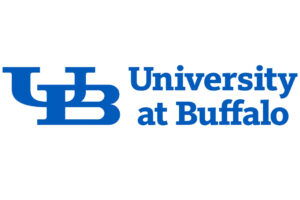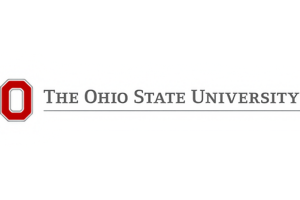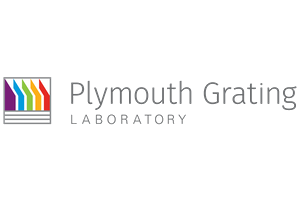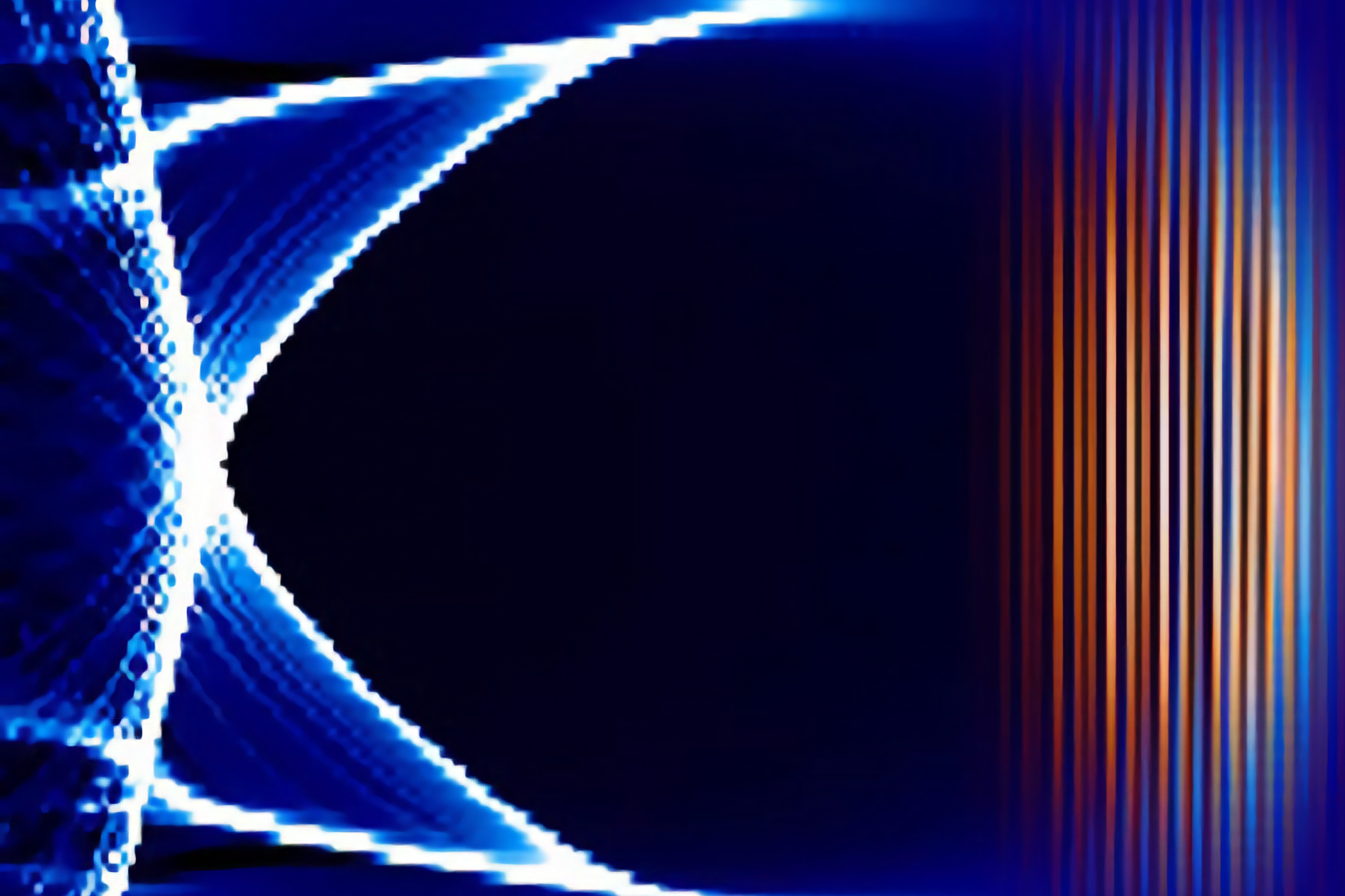
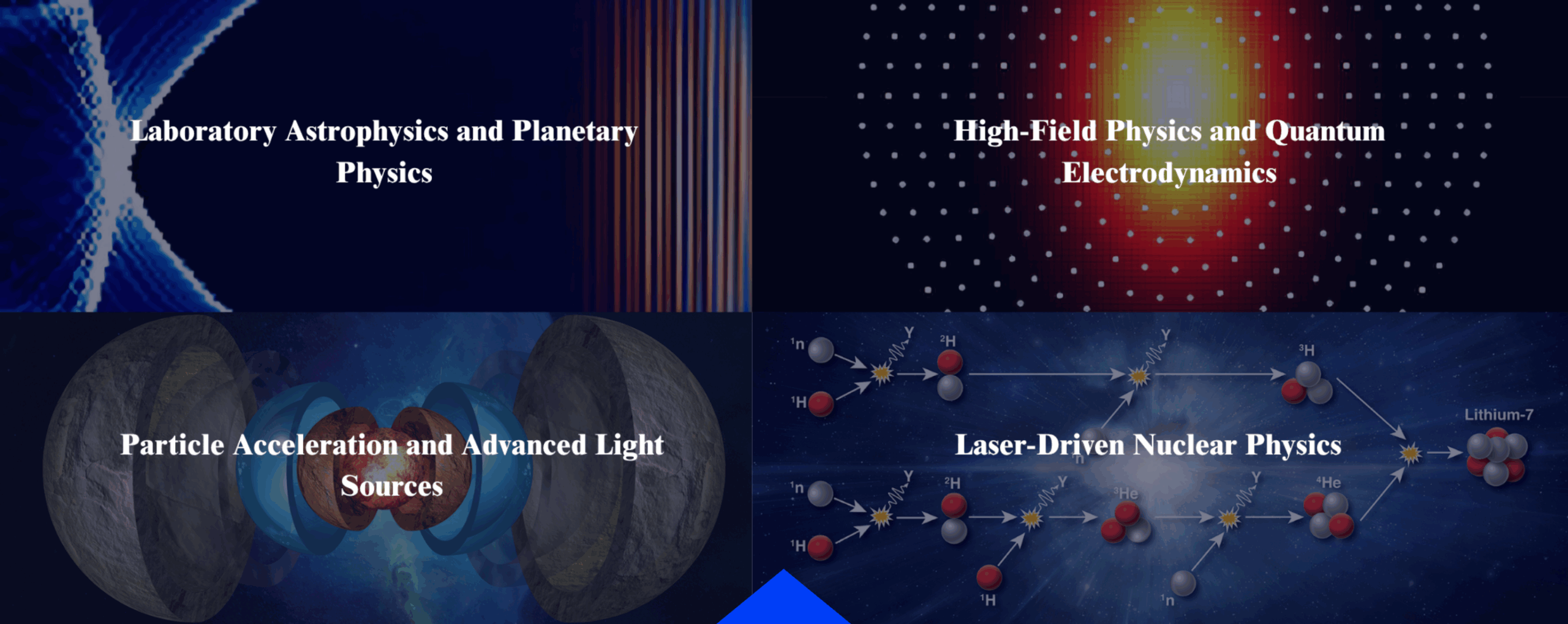
NSF OPAL: Next Generation Experimental User Facility
Groundbreaking Science | Workforce Development | Transformational Technology
Open Letter Supporters
Show your support for NSF OPAL!
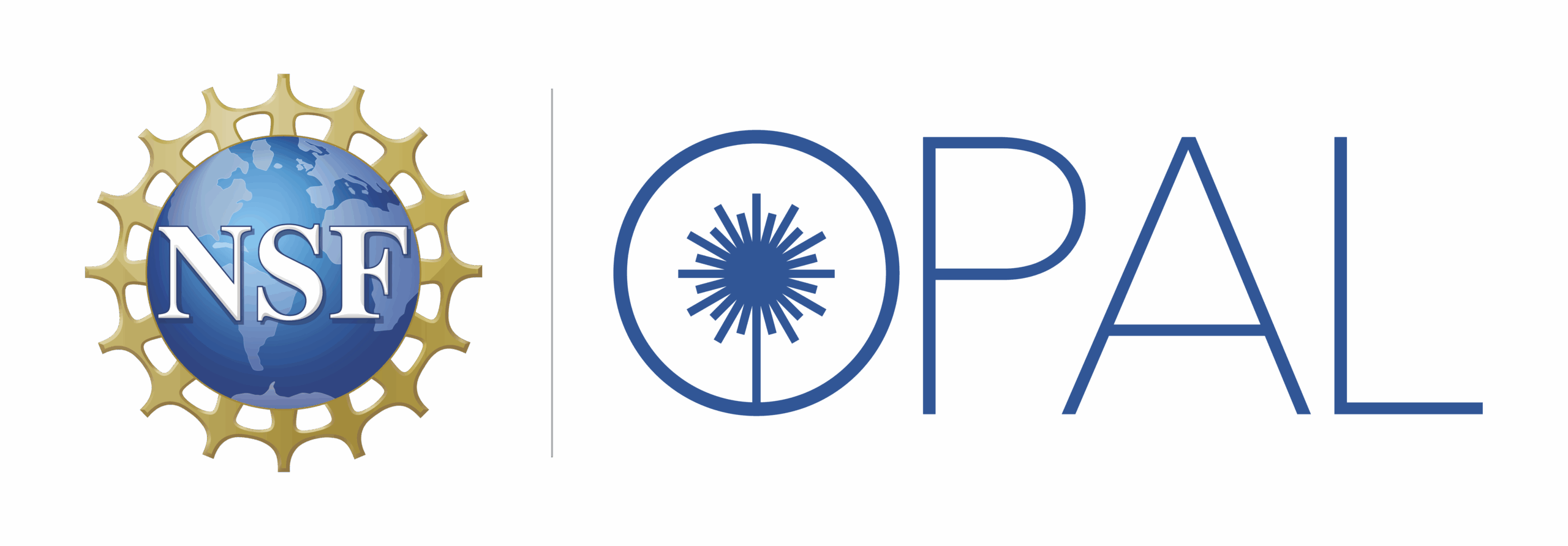
The NSF OPAL facility is envisioned to serve as a learning environment and hub for diverse scientific networks, offering opportunities for fundamental research, innovation, and societal benefit. Funding from the U.S. National Science Foundation is supporting the design of two 25-petawatt lasers using optical parametric chirped-pulse amplification, as well as associated experimental and diagnostics systems.
Frontier Science Working Groups
Four Frontier Science Working Groups identified eight multi-petawatt laser experiments to explore the frontiers of science and push the limits of technology. From those eight proposals, a peer review panel selected four as flagship experiments to guide the NSF OPAL midscale research infrastructure (RI-1) project that will design and prototype critical systems for a new, world-leading, high-power laser user facility at the University of Rochester.

NSF OPAL Main Target Chamber Model
Friends of NSF OPAL
Sign up for our mailing list to stay up to date on NSF OPAL developments.
News & Updates
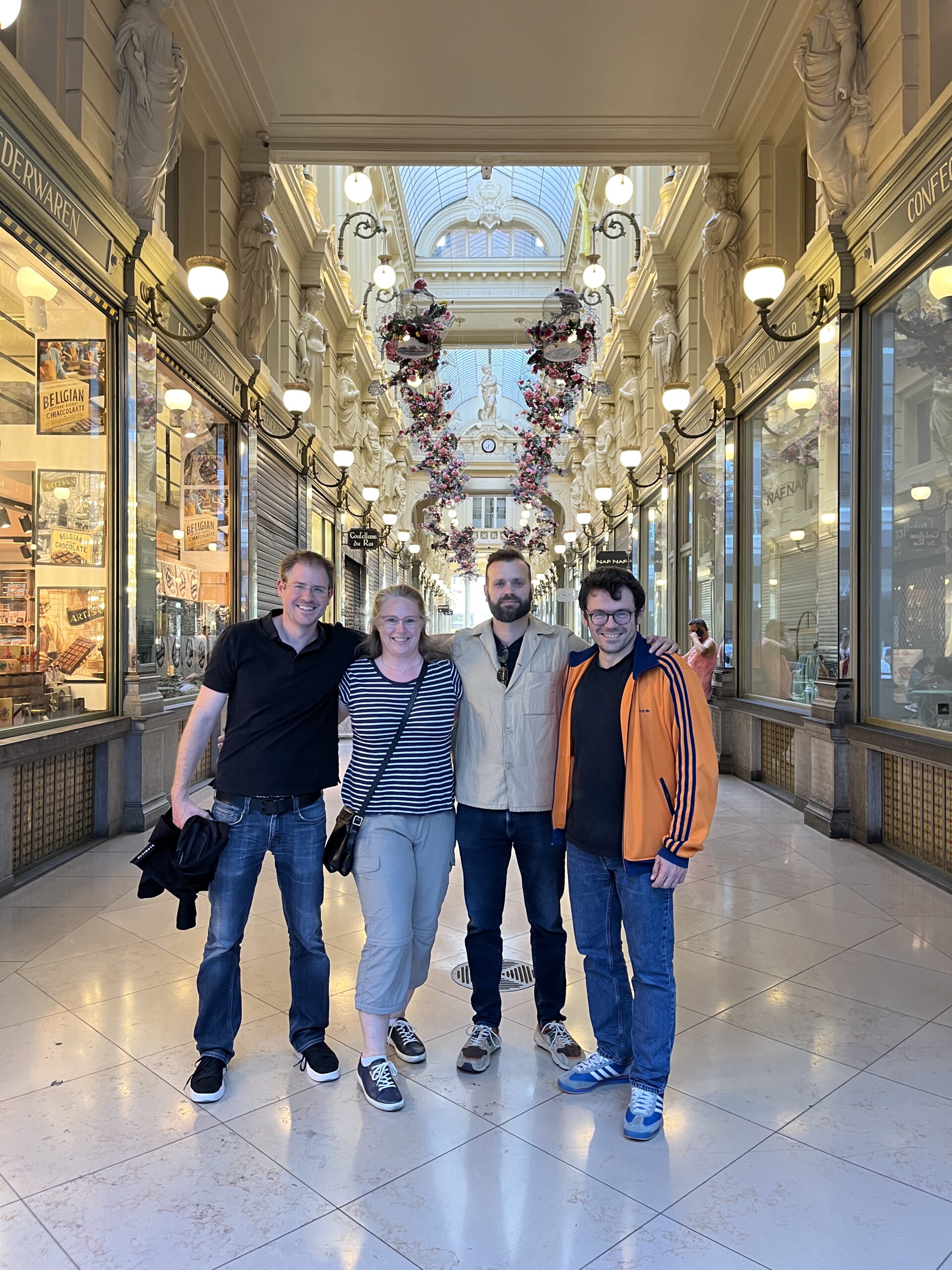
Antonino Di Piazza Receives ERC Synergy Grant

Danae Polsin Receives 2026 Neil Ashcroft Early Career Award

LLE and NSF OPAL Leadership Visit ELI Beamlines in Czechia to Strengthen Global Collaboration in High-Field Laser Science
Upcoming Events
2026 Joint NSF-AFOSR Next-Generation Optical Materials and Components for High-Power Lasers
January 12-15, 2026
This workshop will address critical limitations in material damage thresholds currently hindering high-power lasers.
Multi-Petawatt Diagnostic Community Workshop
May 21-22, 2026
The Multi-Petawatt Diagnostics Community Workshop will bring together scientists, engineers, and facility leaders engaged in the development and application of diagnostics for next-generation multi-petawatt (MPW) laser systems.
This material is based upon work supported by the U.S. National Science Foundation Mid-scale Research Infrastructure Program under Award No. PHY-2329970. Any opinions, findings and conclusions or recommendations expressed in this material are those of the author(s) and do not necessarily reflect the views of the U.S. National Science Foundation.





